The combination of speed and beauty makes luxury car brands like Bugatti, Maserati, and BMW covetable among car enthusiasts around the world. Whether you own one of these priceless automobiles or you’re simply a luxury car admirer, these informative and image-heavy websites will provide hours of eye candy for gear heads of all ages.
Motor Authority
Just like the name implies, the Motor Authority website is a respected authority for every type of luxury car on the market today. This site is filled with the latest news about new automobile models from Porsche, Mercedes-Benz, Lamborghini, and more, and it also features detailed reviews to give readers the most information possible before purchasing a new luxury vehicle. Motor Authority is a great resource for locating auto shows around the country as well, and the site’s Spy Shots section even allows visitors to take a sneak peek at prototypes of car models that haven’t been released yet.
U.S. News Rankings and Reviews
If you’re simply looking for detailed rankings of the world’s leading luxury cars without all of the extra features, the U.S. News’ Car Rankings page is one of the very best resources. This informative website ranks cars priced at $60,000 or more in order based on a consensus of the top automobile experts in the country and other safety and reliability data. The rankings take into consideration each car’s handling, braking, comfort, cargo space, critics’ ratings, awards, and many other features that might help car owners decide which model is best for them.

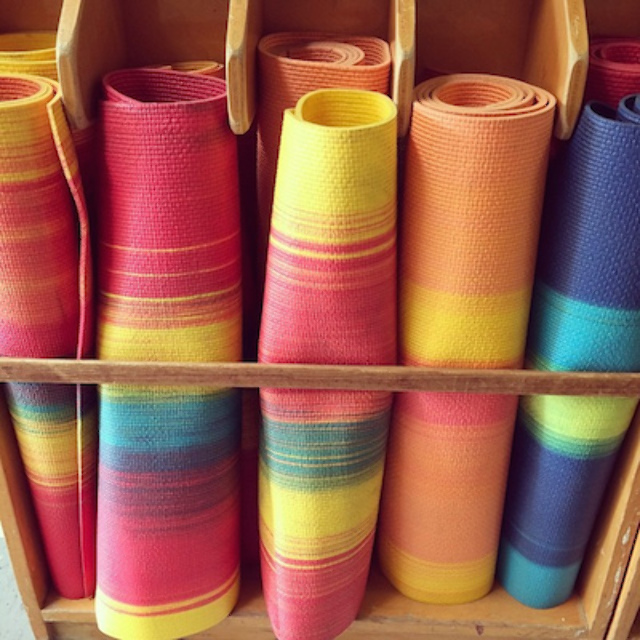

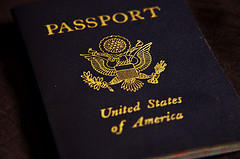
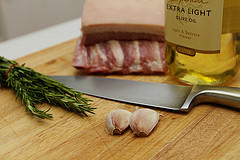

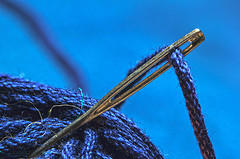
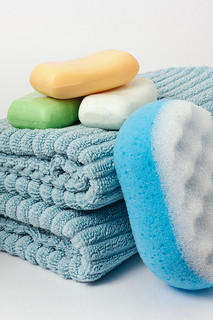

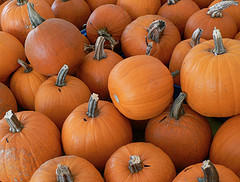



 Equal Housing Opportunity
Equal Housing Opportunity